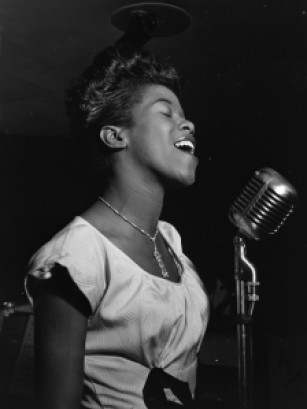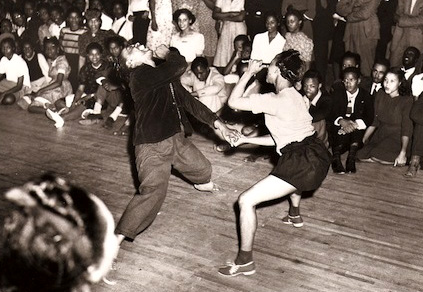Music Monday is an annual event sponsored by Canada’s Coalition for Music Education; each year it unites hundreds of thousands of young people through their schools and communities from coast to coast through a simultaneous musical event on the first Monday of May.
Singing and playing the official Music Monday song brings attention to the importance of music as part of a well-rounded education. I.S.S. (Is somebody singing), the official song for Music Monday 2013, was commissioned by the Coalition and CBC Music and written by the astronaut Col. Chris Hadfield—the first Canadian commander of the International Space Station—and singer/songwriter Ed Robertson of the Barenaked Ladies.
On Monday 6 May 2013 Hadfield performed the song from the International Space Station while Robertson, the Barenaked Ladies, and the Wexford Gleeks (the choir of the Wexford Collegiate School for the Arts), performed from Earth.
This according to “Building a voice that cannot be ignored!” by Holly Nimmons (Canadian music educator/Musicien éducateur au Canada LIV/3 [spring 2013] pp. 20–23).
Today is Music Monday’s 10th anniversary! Below, Hadfield, the Ladies, and the Gleeks perform I.S.S. for Music Monday 2013.













